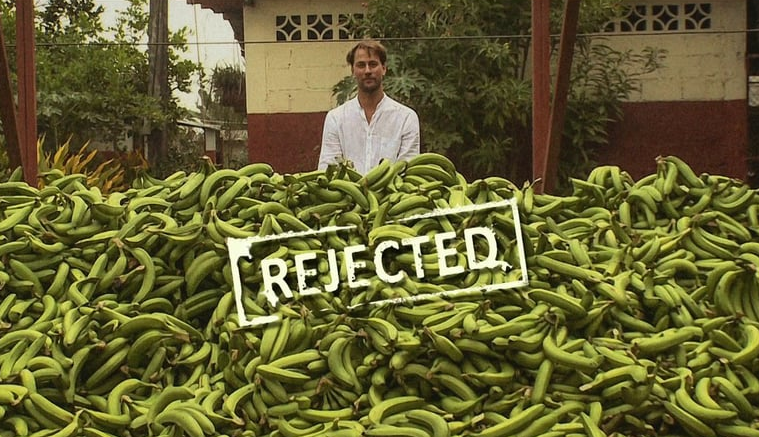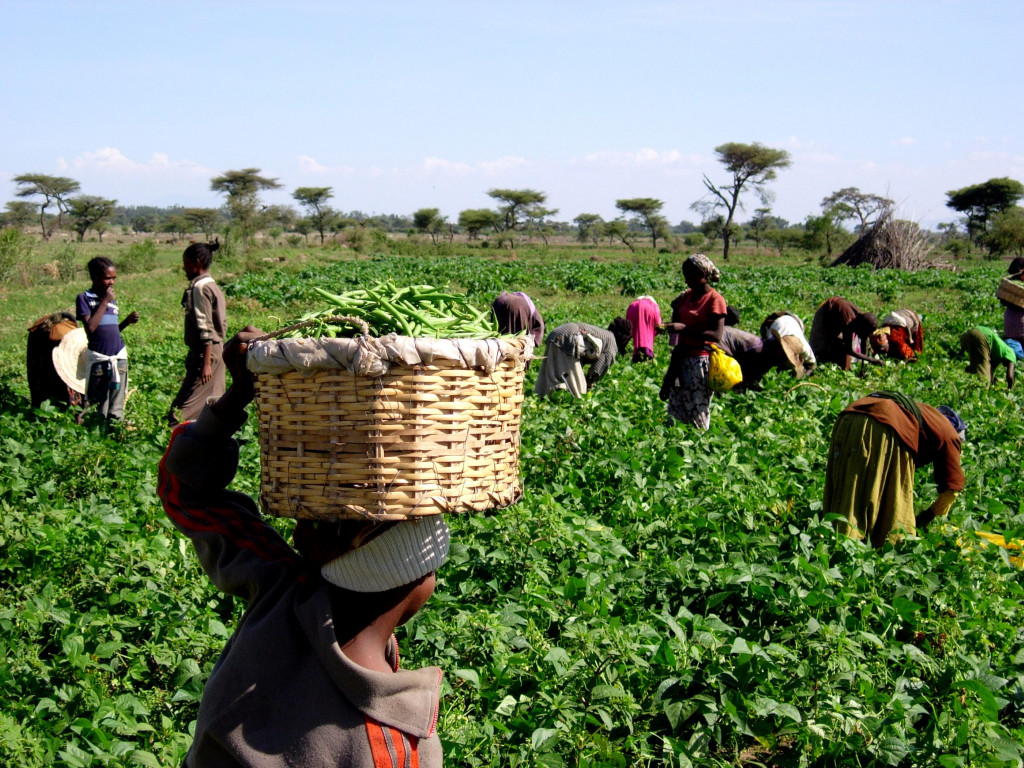Priča
Sva voda koju pojedemo
Iako je radio bio glasan, John je još uvijek bio pospan kada je kročio u kuhinju. Njegov mlađi brat Matthew lizao je prste od meda koji mu je curio niz bradu. Stopalima je pratio ritam glazbe udarajući pomalo svoj crveni ruksak koji je ležao na podu prislonjen uz stolicu.
“Dobro jutro John, rekla je mama. Vidim da ti rano jutro baš ne leži. Tvoje natečene oči bi još malo spavale. Dosta je vremena, imaš još 15 min prije nego stigne školski autobus. Dođi i pojedi doručak.
Mamin govor prekinula je uvodna špica za vijesti u 7 sati.
Muški glas je izvijestio: „Požar u Južnoj Kaliforniji primorao je tisuće ljudi na bijeg iz svojih domova. Jučer popodne izdana je naredba o evakuaciji za grad San Marcos koji je prekrio gusti oblak dima. Od početka prošlog tjedna oko 30 000 hektara je progutao plamen. Vatrogasci su izjavili da požar takvog intenziteta nikada prije nisu doživjeli.
“Koliko je 30 000 hektara?, pitao je Mathew punim ustima.
„Pa to je kao 30 000 nogometnih igrališta“, rekao je John.
„Kako može izgorjeti baš toliko površine?“, pitao je Mathew.
„Jer vjetar raspiruje vatru u svim smjerovima“, odgovorila je mama.
„I zato što su drveće, grmlje i trava jako suhi pa se vatra širi vrlo lako i brzo“, dodao je John.
Pitate li se kako završava priča? Preuzmite našu publikaciju „Jelovnik promjene“ gdje osim raspleta priče možete naći i inspirativna pitanja, odgovorne savjete, dodatne resurse i još mnogo toga!
Problematičan trend br. 6:
U svijetu se baci jedna trećina hrane
Čak trećina svjetske hrane se izgubi ili baci. Potrošači iz industrijaliziranih zemalja svake godine bace skoro jednaku količinu hrane (222 milijuna tona) koja se u istom razdoblju proizvede u Subsaharskoj Africi (230 milijuna tona). Kada je riječ o Europskoj Uniji, procjenjuje se da se godišnje baci oko 89 milijuna tona hrane. Za konkretniju ilustraciju: zamislite si da svaka osoba tjedno baci četiri cjelovite porcije hrane.

These bananas will be wasted because they are rejected by supermarkets due to their non-standard shapes or sizes. (Photo: Feedback/Tristam Stuart)
Food wastage is hard to fathom in a world that is not yet free from hunger. One person out of nine still does not have sufficient access to food today. But let’s refrain from the easy solution of saving food on one side to give it on the other. Food donations do not present a long-term solution, as they do not address the root causes of the food insecurity problem. The contrast of food waste and hunger should force us to question how much we truly value food as the essence of life and avoid wasting it, given that at the same moment, somewhere else in the world, some people haven’t eaten as much as they need.
But food wastage is also hard to understand in a world of limited resources. It is particularly alarming to note that 30% of sea fish never gets to our plates, despite the fact that fish stocks are rapidly decreasing. One-third of food being wasted means that one-third of all fuels, fertilizers and water for production were used in vain. It also means that deforestation, damage to soil and greenhouse gas emissions related to food production were unnecessary. Worse, additional pollution is then caused when uneaten food ends up in incinerators rather than in composting systems. Imagine that we waste precious resources to produce food and on the top of it, we cause additional air pollution and emissions of CO2 that warm up the planet. In the following story, learn more about the virtual resources behind our food.

Green bean plantation in Kenya. Fertile land and water precious to local communities is virtually exported when beans are sold to European consumers and wasted when they are not consummed. (Photo: Creative Commons)
Želite li saznati više? Preuzmite našu publikaciju „Jelovnik promjene“ i otkrijte skrivene priče o hrani.












